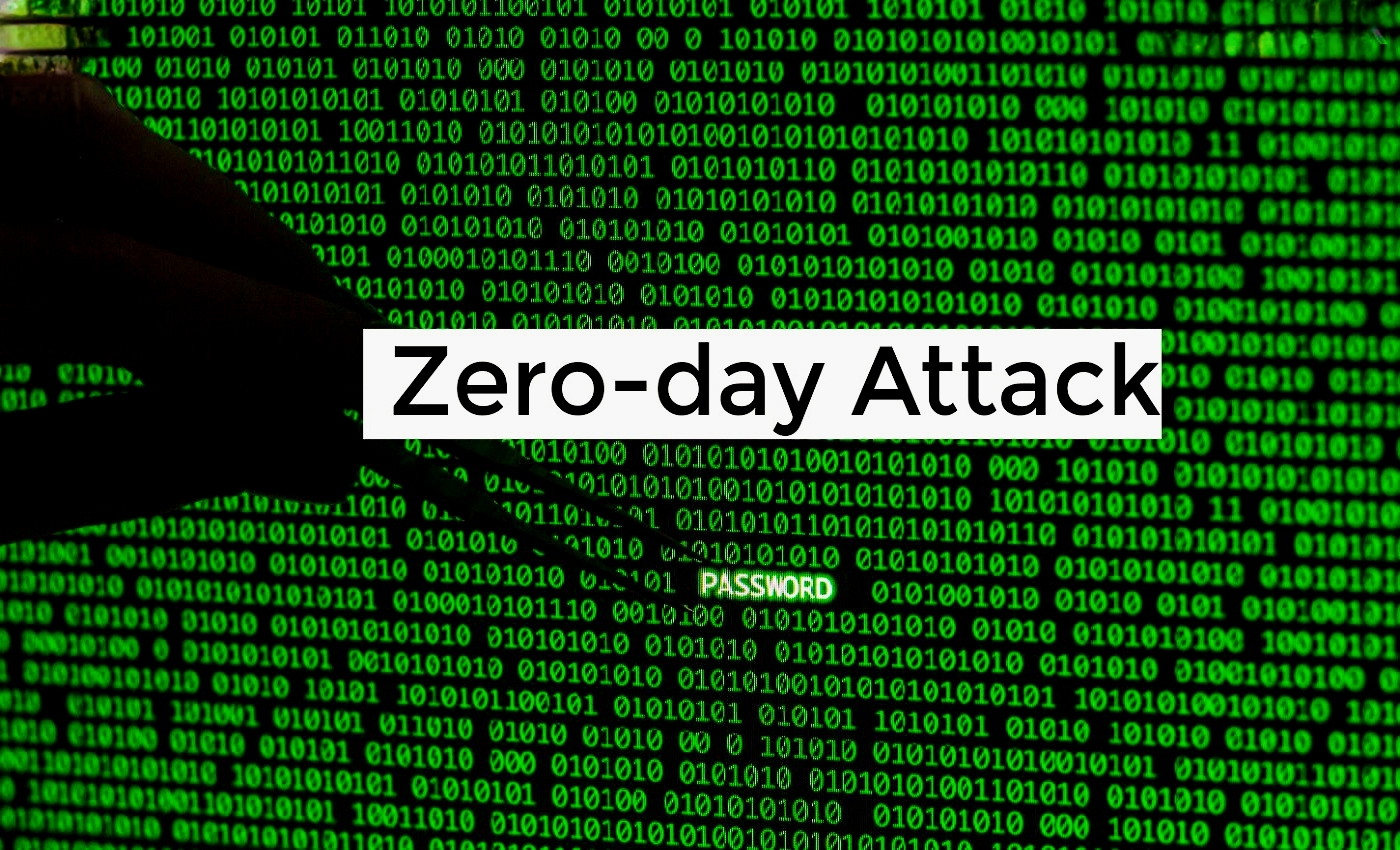Zero-Day Attacks: Understanding the Threat and How to Protect Yourself

As technology advances rapidly, cyberattacks are evolving at an alarming pace. Among the most concerning are zero-day attacks, which are akin to digital time bombs capable of infiltrating major institutions and systems worldwide without prior warning.
What makes these attacks so dangerous? How can they be countered?
* Definition and Dangers of Zero-Day Attacks
Dr. Mohamed Mohsen Ramadan, head of the Artificial Intelligence and Cybersecurity Unit at the Arab Center for Research and Studies, explains:
"A zero-day attack exploits a security vulnerability that is undisclosed or unknown to the developers of systems or software. Consequently, there are no updates or patches available at the time of the attack. It is termed 'zero-day' because the time between the discovery of the vulnerability and its exploitation is nonexistent, leaving no opportunity for defense or response. Once the attack infiltrates the system, the institution is entirely powerless before it can even begin to react."
Dr. Ramadan emphasizes that the threat of these attacks lies in their ability to target systems before the vulnerabilities are known. They are often orchestrated by organized entities or intelligence services, making them some of the most sophisticated cybercrimes. These attacks can remain undetected for extended periods, allowing attackers to gather sensitive data, conduct espionage, or implant malware. Historically, countries have utilized zero-day attacks in cyber warfare, such as the Stuxnet attack on Iran's nuclear program in 2010, which exploited vulnerabilities in Windows systems.
* Forms of Zero-Day Attacks
Dr. Ramadan notes that zero-day attacks can take various forms, with the most notable being:
_ Exploitation of vulnerabilities in applications and programs, including operating systems, web browsers, and email applications.
_ Social engineering attacks to implant hidden vulnerabilities or deceive users into opening malicious files and links.
_ Advanced attacks on networks and infrastructure, targeting industrial control systems (ICS), data centers, and corporate servers.
_ Exploitation of vulnerabilities in smart devices and the Internet of Things (IoT), such as cameras, routers, and smartwatches.
* Risks for Individuals and Institutions
General Abou Bakr Abdel Karim, former assistant to the Egyptian Minister of Interior for Media and Relations, asserts that zero-day attacks are not merely a technical threat but have become a weapon in modern warfare and a national security concern.
He adds: "It has become essential for public and private institutions to invest in cybersecurity and analytical artificial intelligence to detect vulnerabilities before they occur. Prevention is not an option in our era; it is an existential digital protection necessity."
The risks associated with these attacks include:
• Infiltration of sensitive systems and data theft.
• Installation of spyware and surveillance of user activities.
• Remote control of devices and execution of commands without the victim's consent.
• Disruption of services or destruction of digital infrastructure.
• Significant financial losses and reputational damage to institutions.
General Abdel Karim indicates that the cost of exploiting a zero-day vulnerability on the black market can exceed one million dollars for a single vulnerability, given its high value in the cybercrime landscape.
* How to Protect Against Zero-Day Attacks
While combating these attacks is challenging, the risks can be mitigated by following these measures:
1 _ Regularly update systems and applications, as updates often include patches for newly discovered vulnerabilities.
2 _ Utilize behavioral detection solutions such as EDR and XDR systems to monitor system behavior and detect intrusions, even if they are unknown.
3 _ Conduct regular penetration testing to identify vulnerabilities before they can be exploited.
4 _ Implement cybersecurity policies within institutions and train employees on security awareness and counteracting social engineering.
5 _ Use encrypted backup systems to restore data in case of an intrusion.
Zero-day attacks remain a digital threat to all institutions and individuals, making investment in cybersecurity and intelligent analysis a strategic necessity for protection against the dangers of the digital age.
